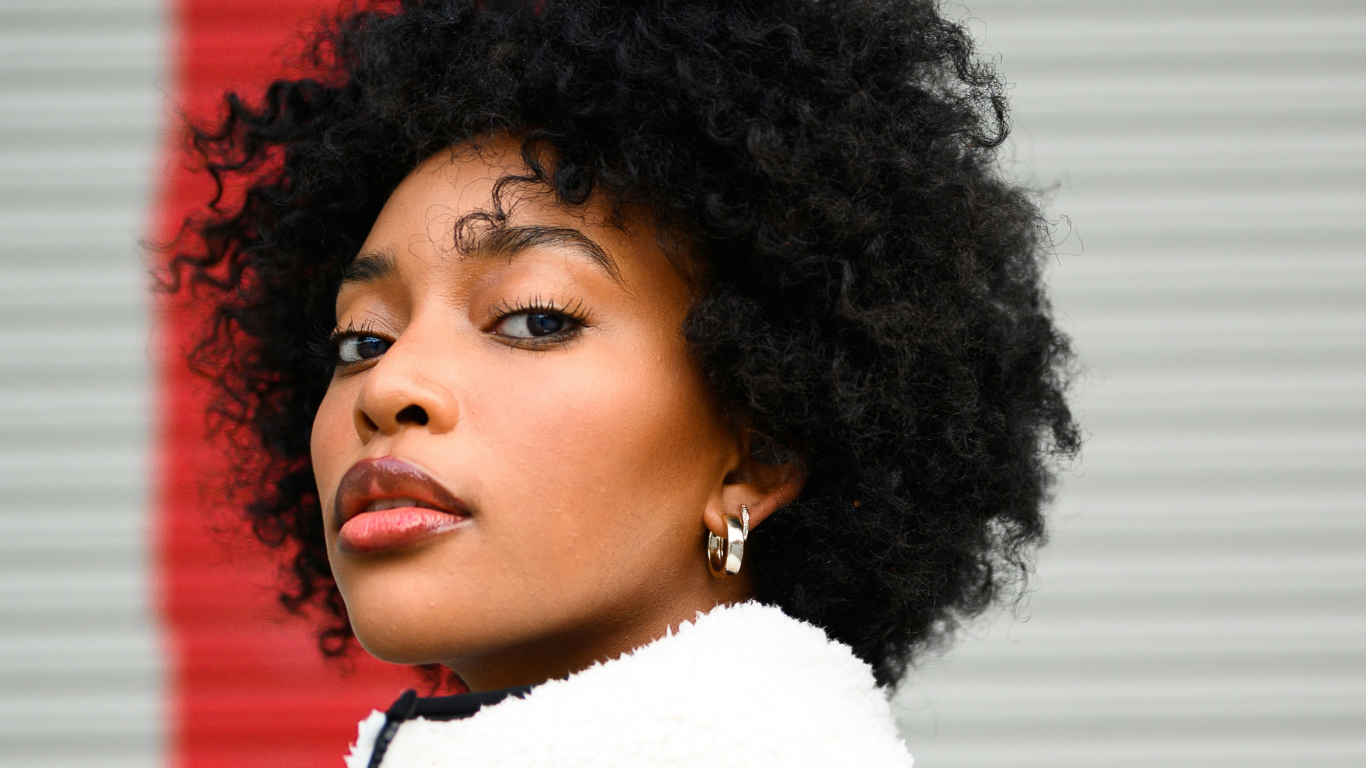
The Rise of the Straight Natural
Raise your hand if you’ve been personally victimized by the term “heat trained”. You’re not alone.
On the cyclical journey of trends lives the evolution of hair, and popular styles and products are only the beginning. As of recent, a seemingly new trend has reemerged, with a new name and no small amount of confusion or controversy. Enter, heat-training.
Touted as a method of “training” one’s hair to preserve stretched or straightened natural hair, by maintaining consistent heat-based styles, heat-training is the belief consistent applications of heat (via blowouts and silk presses) lead to length retention and all-around healthier hair.
For some, this regular application of heat is nothing other than intentional heat damage with new packaging. For others, heat-training allows those with natural hair a more efficient way to care for their hair while meeting their hair goals.
So which is it? And when you boil it all the way down, what is heat damage? No matter what language you use, excessive exposure to high heat can lead to the deterioration of your hair’s natural structure. This excessive high heat can result in dry, brittle hair and breakage due to a loss of moisture and damage to your hair’s natural protein bonds. But the optimal word here is can.
Brace yourself–heat isn’t the problem. Yes, it can lead to severely damaged hair, if mismanaged and overused, but like all controversial processes, tools and applications, it’s a bit more complicated.
Just like exercising the body, if done too much or without proper care, damage and injury is possible. And trust us, no one is advising you to avoid exercise all together. When it comes to mitigating heat damage, the use of protectants, appropriate heat settings and frequency (and yes, regular trims!) can prevent the effects of heat damage.
So why is heat-training suddenly so popular? Historically, trends come, go and come back again every 20 years. Not convinced? Just take a moment to remember the return of bellbottoms, low-rise jeans and crop tops–we’ll wait.
Just like the sartorial staples of the early aughts, heat-training can be seen as the latest changing-of-the-guards hair era, in the wake of the long-standing natural hair movement. In the early 2000s, a record number of black women embraced life after lye, saying goodbye to chemical relaxers and heat treatments. In the 20-year-span of the natural hair movement, straighteners of any kind were largely vilified by those a part of the natural hair community, pushing flat irons farther outside of the trend circle, as a result.
With the lax 20th anniversary of the natural hair movement approaching, the sudden rise of heat-training can be seen as the beginnings of the cyclical patterns of trend, ushering in a new status quo to get people buzzing. Now, strengthened hair isn’t singularly associated with a hate of one’s natural texture. The natural hair community has embraced a new sense of independence and autonomy with their hair, without worry of shame from their own community, leading them to explore protective styles ranging from heat-applications to loc.
So, at the end of the day, who gets to rule the final judgement on heat-training? If it’s a matter of your hair, the answer is always you. You (and maybe your trusted professional stylist) will always have the best understanding of what works for your hair, lifestyle and mental health. Hair has always been a complicated subject for Black women. If keeping up with every major trend just isn’t in the cards for you, your sanity or your arm strength, then let it go.
Heat can be a blessing or a curse. Like all hair products, tools and practices, use heated styling methods with caution and care based on your hair’s needs. And most of all, no matter the intention, the only justification needed on the appropriateness of heat-trained hair is if it works for you.


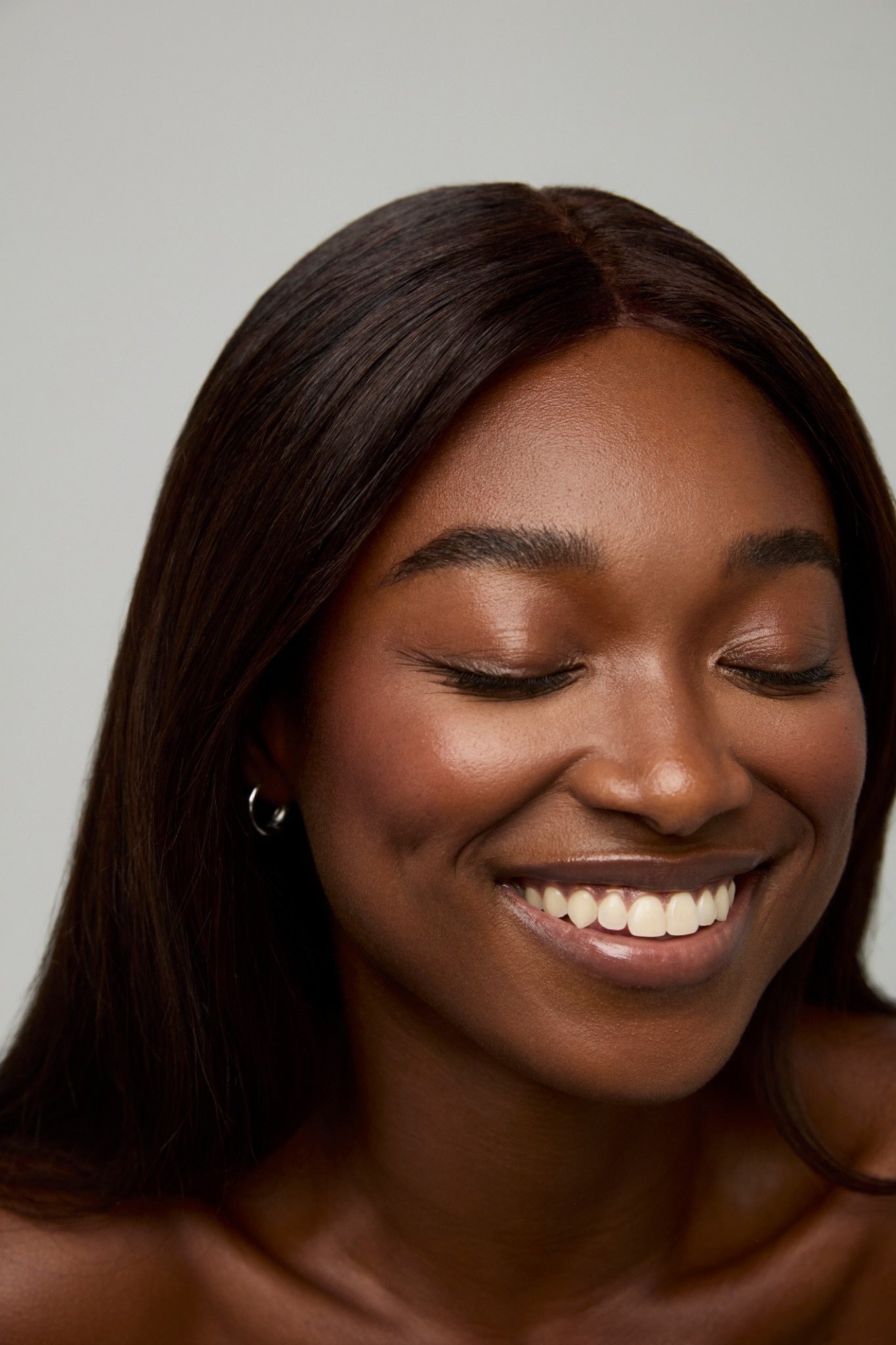
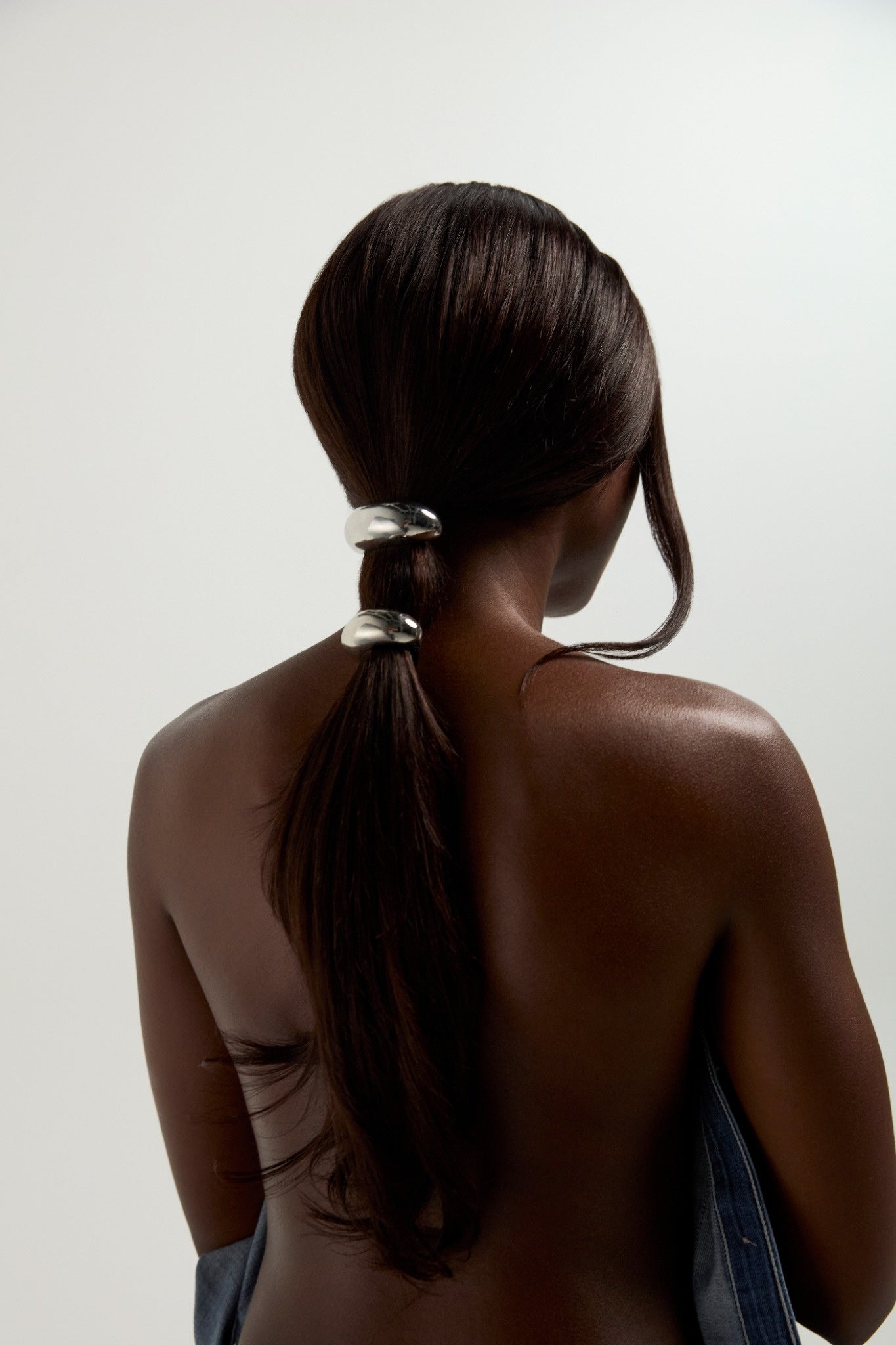
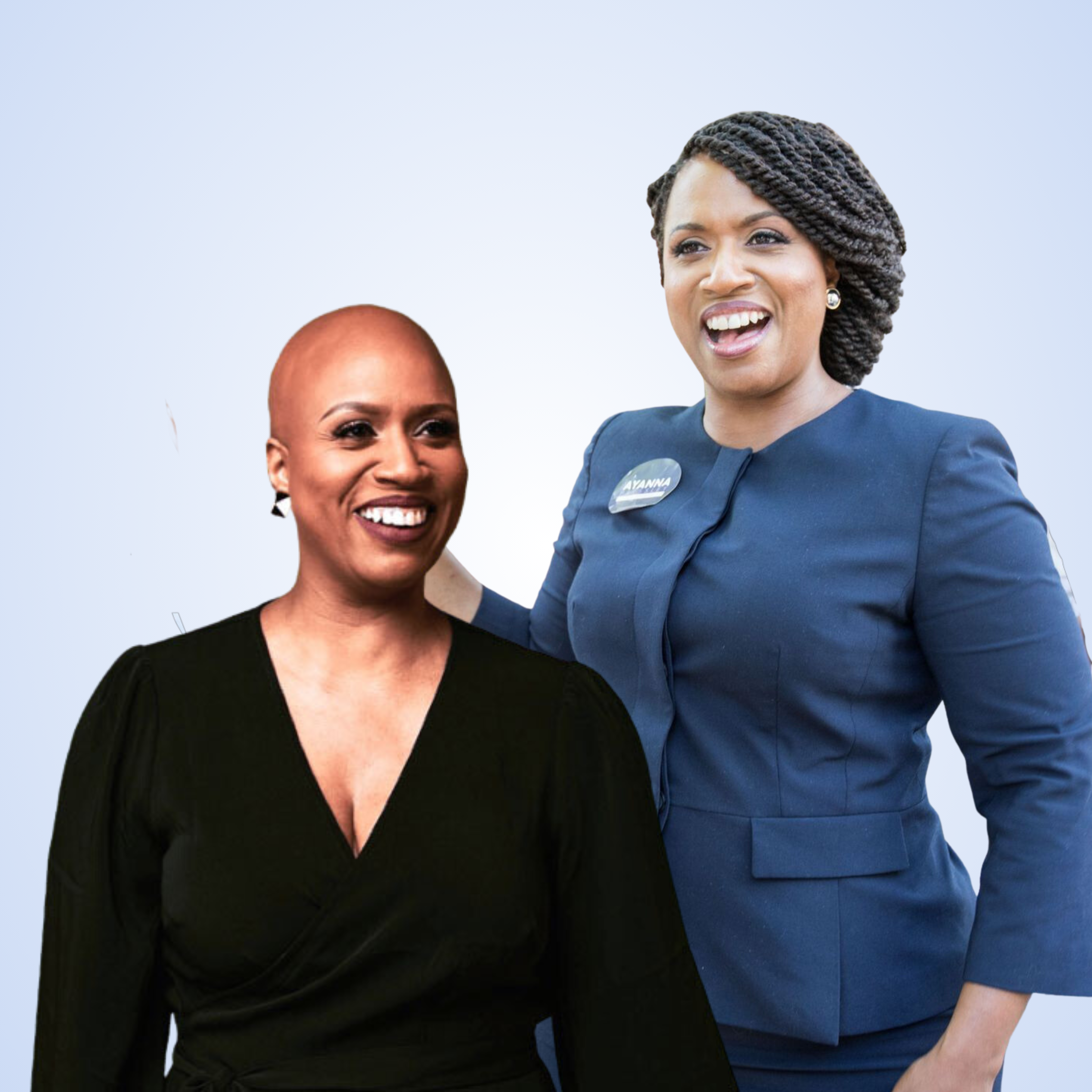
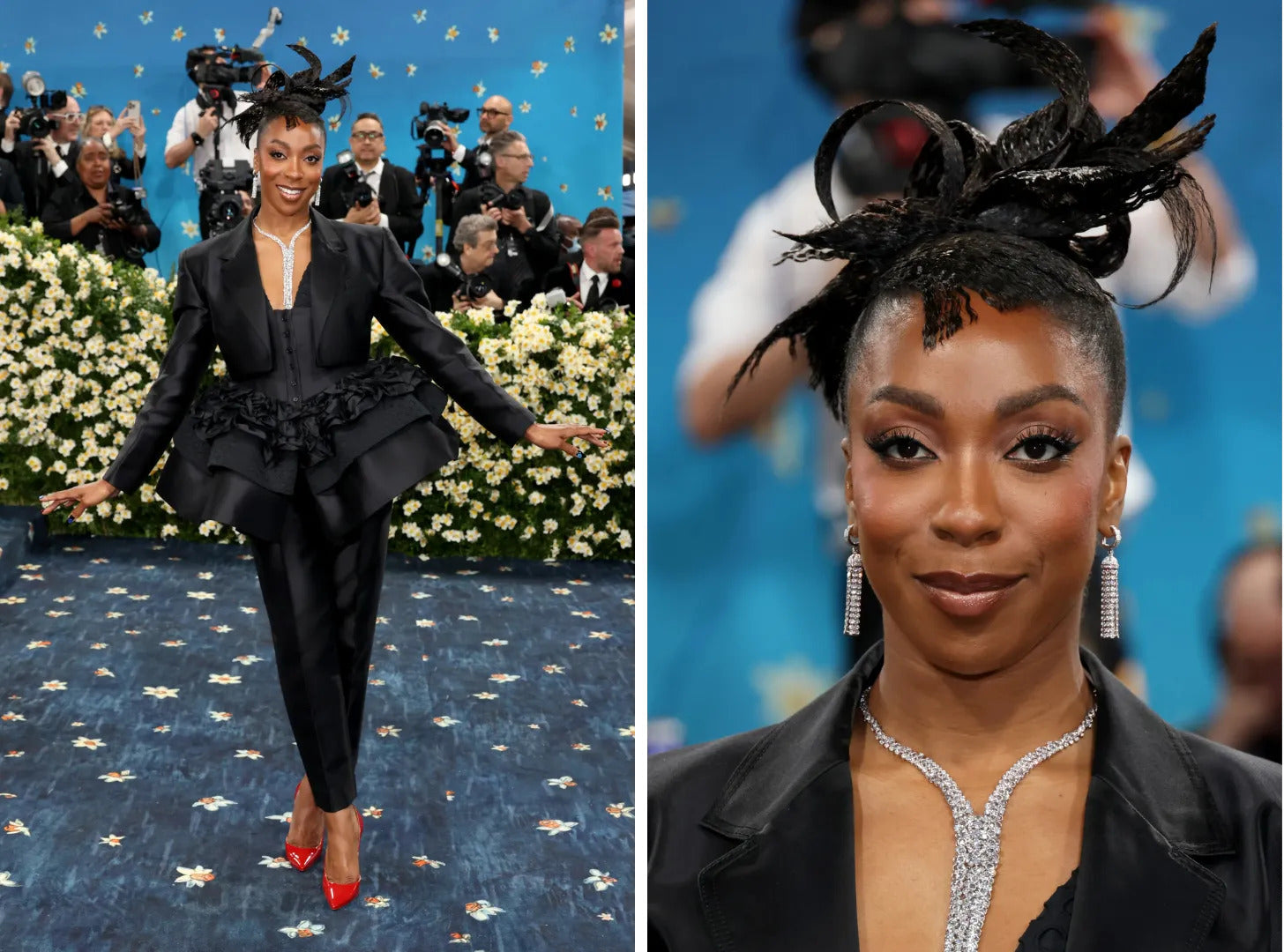
Leave a comment
This site is protected by hCaptcha and the hCaptcha Privacy Policy and Terms of Service apply.